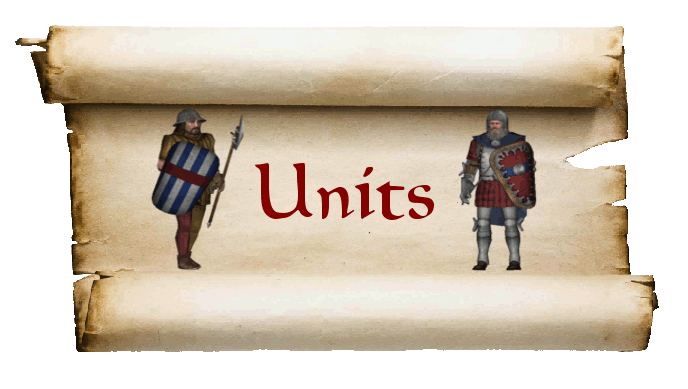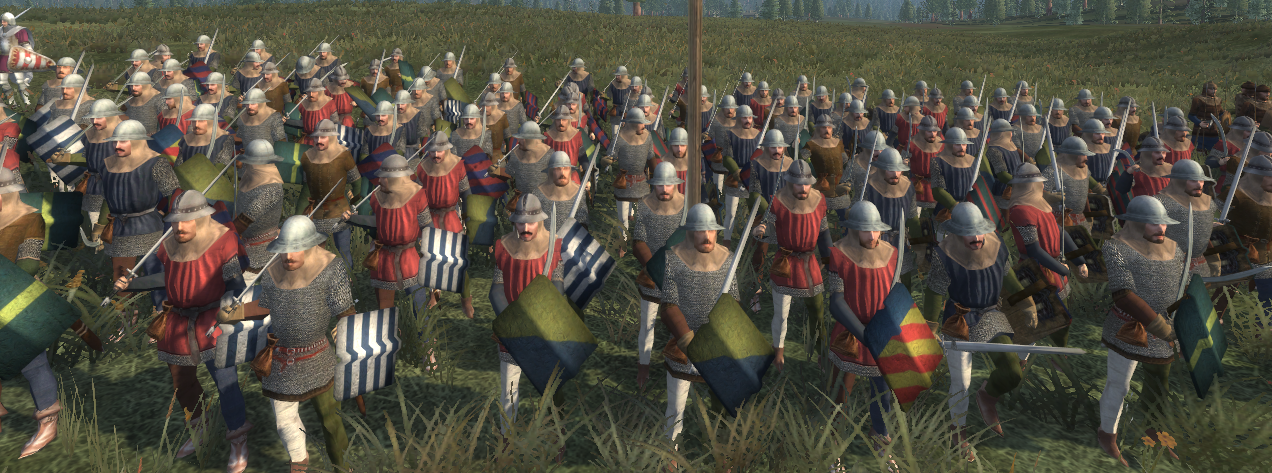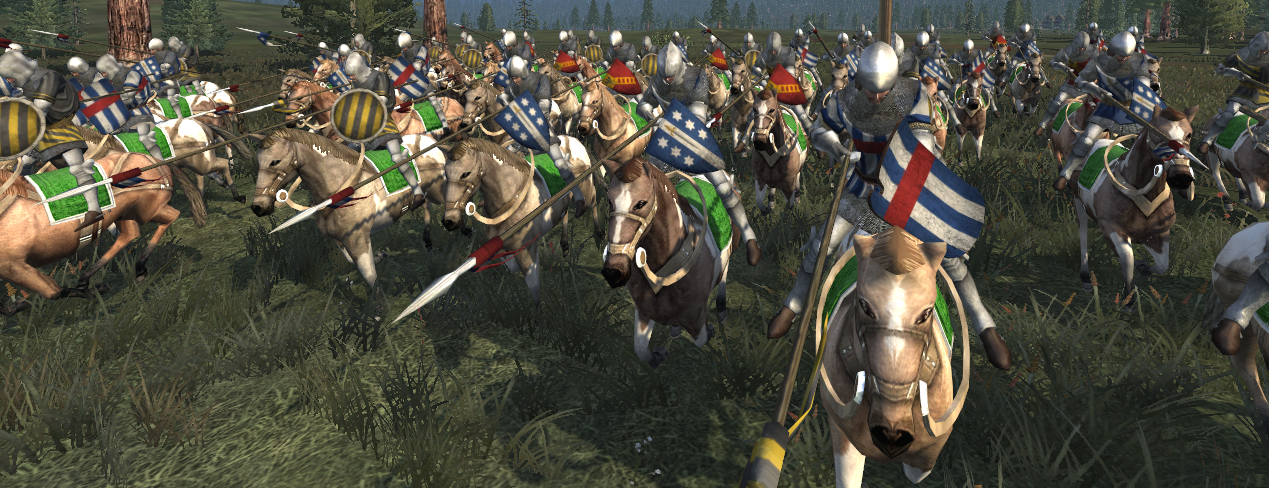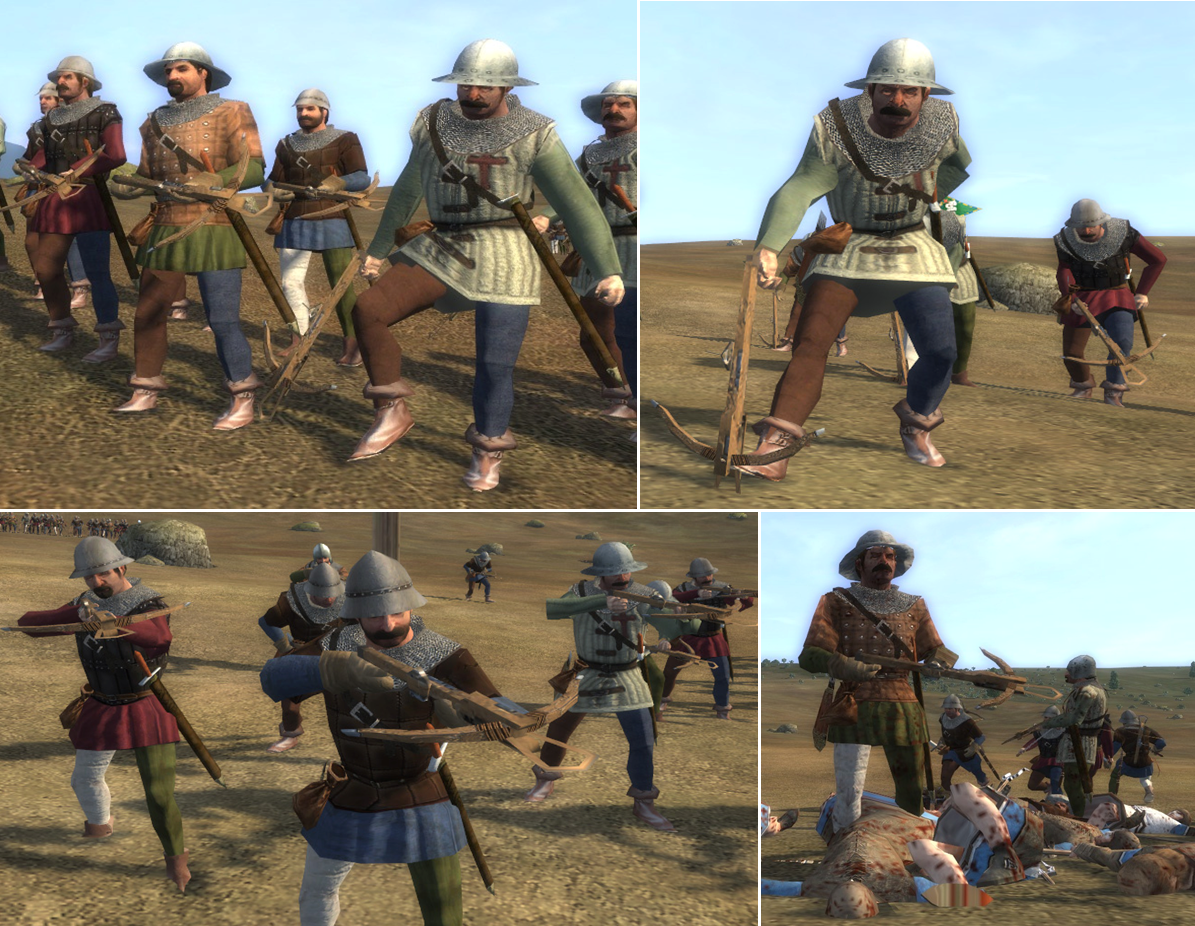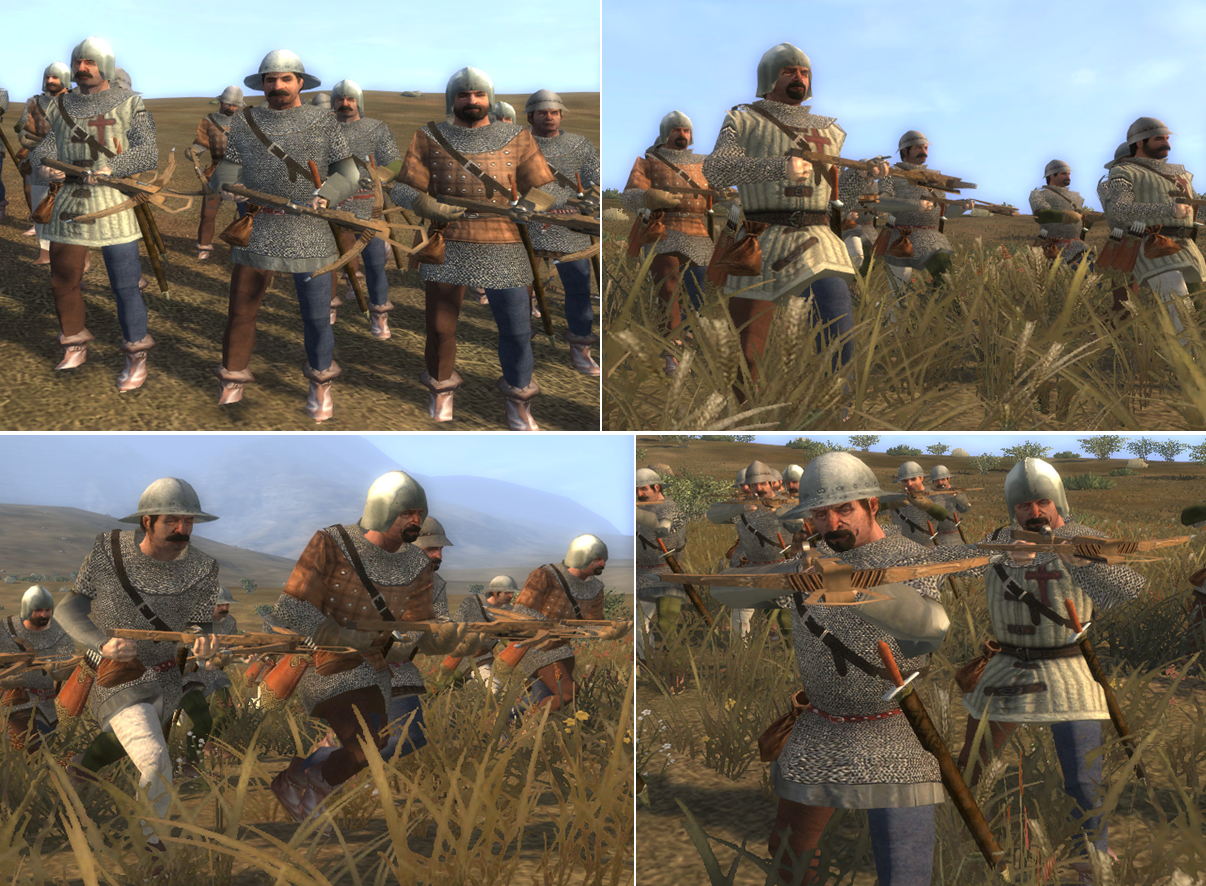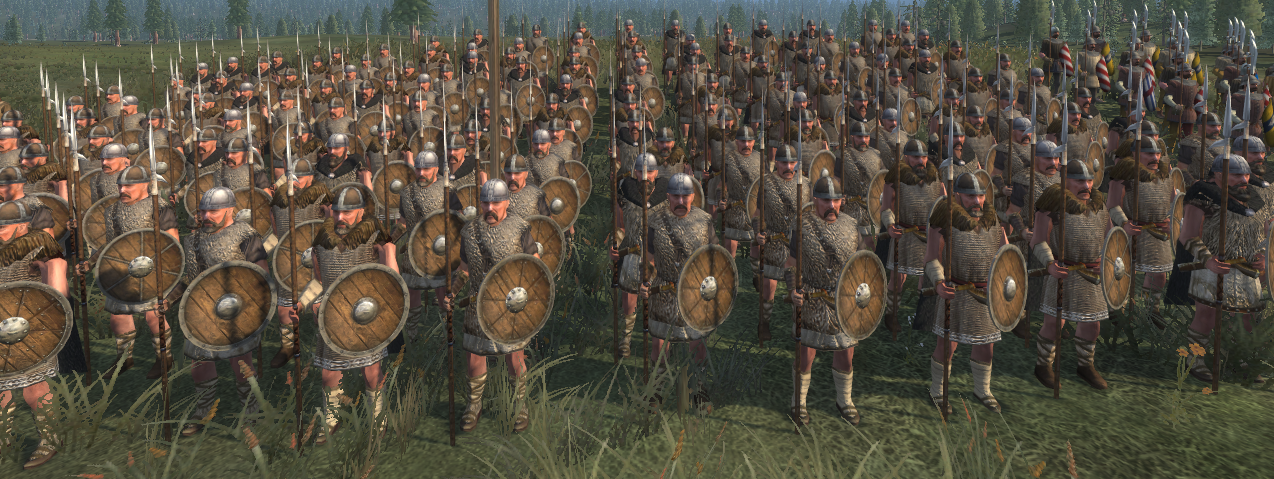Team Proudly Presents
Historical Background
There are several competing theories regarding the founding of the city of Ragusa. Traditionally the foundation date was placed sometime around the 7th century AD when Dalmatian refugees settled on the rocky shores of the Adriatic to find shelter from the Slavic invasions. More recent theories place the foundation of the city much earlier, the finding of numerous Greek artefacts around the port area suggest that the city had been founded by the Greeks before the current era. Whatever its origins, the name ‘Ragusium’ was mentioned the first time in 667 by an anonymous traveller from Ravenna. In 972AD the citizens of the city chose Saint Blasius as their patron saint and from then onwards the image of the saint was painted on banners, printed on coins and seals and carved in stone. The city was part of the Roman Empire throughout the dark ages and withstood several attacks by the Saracens, Venetians and the Bulgarians. In the year 1000 the Venetian Doge Pietro II Orseolo captured the whole Adriatic Coast and for the first time the people of Ragusa officially recognised the rule of Venice. This would be the beginning of a long struggle for independence from underneath the fetters of Venetian rule. Venice saw Ragusa as a rival which needed to be brought under control. The first period of Venetian rule only lasted 18 years and was followed by periods of being under the protection of the Roman Empire, the Venetians and the Normans. In 1148 Ragusa made its first trade agreement with the town of Molfetta. From this moment onwards the Republic started developing into a big maritime and trading centre on the Adriatic Coast. The town became an intermediary for commerce between the inland areas of the Balkans and the overseas Western lands. A trade agreement with Pisa followed which opened up new commercial routes to the Levant and Constantinople, Syria and Egypt where Ragusa had the same privileges as the Italian city state. Other trade agreements with Ravenna, Bosnia, Zahmulje, Bari, Ancona, Termoli and many other towns and states cemented the Republic’s status as a commercial hub. The city’s fleet ploughed the Mediterranean bringing in wealth and exotic produce back. In 1204 during the Fourth Crusade Venice once again forced Ragusa to bow down to its authority. The inhabitants of the town were forced to swear loyalty to the Venetian Doge, restrictions were placed on its trade and its navigation and Ragusa had to provide sailors and ships to the Venetian navy. It became apparent to the rulers of Ragusa that its merchants would be more successful if they channelled their trade overland and away from the restricted sea routes. Despite the trade restrictions Ragusa managed to continue to prosper, acquire new territories, sign new trade agreements and treaties of friendship and expand its navy and arsenal.Current Situation
While under the sovereignty of Venice, Ragusa adopted many of the Venetian state institutions but maintained much of its independence. However, the ever growing tribute has become a matter of great anger for the citizens of Ragusa and much hatred is being stirred against Venice. The Republic of Ragusa is surrounded on land by powerful neighbours. To the East lies the expanding Banate of Bosnia. The Republic has enjoyed friendly relations with Bosnia and it would be advised to continue this policy. Trade and mutual assistance can cement the friendship with the Banate, who like Ragusa shares its borders with stronger states. However, if the Bosnians' expansionist plans cause them to overstep their boundries they should be severly punished. Further North lies the powerful Kingdom of Hungary. The Hungarians are a regional powerhouse and are competing with Venice for control of the Adriatic Coast. By the principle of the enemy of my enemy is my friend, Ragusa should pursue closer diplomatic relations with Hungary. The Hungarians could prove a useful ally to have by the Republic's side in future conflicts with Venice. However, the Ragusans should not replace one master for another as in the past. Further East lies the Tsardom of Serbia. This state has been constantly expanding its borders and in the past it has attempted to subdue Ragusa but failed. Any Ragusan Dux should attempt to improve the relations with the Serbians but should be wary of their intentions. On the other side of the Adriatic Coast lies the Angevin Kingdom of Naples. The Kingdom has a history of raids and invasions of the Eastern shore of the Adriatic during the Norman times. Naples may have designs of its own towards Ragusa and as such the Republic should be prepared. Ragusa should avoid at all costs being caught between the two Angevin Kingdoms of Naples and Hungary. Finally, to the West lies the Republic of Venice, Ragusa’s greedy overlords. Venice is a maritime powerhouse with a large fleet connecting the metropolis with its overseas colonies. It can also call upon a considerable land force composed of local mercenaries and colonial infantry. Venice is attempting to impose itself as the dominant power in the Adriatic and the Mediterranean. The ultimate goal of a wise Dux should be the breaking of the Venetian shackles.
However, before this is achieved, alliances should be secured with the other neighbours and also with Venice’s great rival the Republic of Genoa. Lucrative trade agreements should also be secured with the important commercial centres in the Balkans, Italy and the Mediteranean. The walls of Ragusa are a great defence and within those walls a powerful army and navy can be built, supported by the trade income. Until the Republic is strong enough to take on its arch-enemy by land overseas expansion would be the only choice. The Roman Empire is weak and wreaked by civil war, many islands in the Mediterranean lie defenceless and are ripe for the taking. When the moment is ripe Ragusa can start picking the overseas Venetian territories one by one and move into Venice’s Dalmatian-held lands. Once Venice is defeated the Ragusan Republic can truly be independent and begin founding its own colonial empire.
Government and Society
The population of Ragusa is divided between three classes: the nobility, the citizens and the plebeians or artisans. The Republic is ruled by the nobility and the citizens are permitted to hold only lowly offices. The plebeians have no say in government and inter-marriage between different social classes is forbidden. Also, only Catholics can become citizens of the Republic. The highest position in the Republic is held by the Dux also known as Knez who also holds the position of Rector. The Dux is the head of the Ragusan government. He holds the keys of the city gates and of its fortifications, keeps the password required to enter them, and has charge of the Republic’s seals. He alone has the authority to summon the Senate and the Great Council, and proposes their order of business. He wears a special red toga and wig.The administrative bodies of the Republic are the the Grand Council, the Small Council and the Senate. The Grand Council (Consilium Maior) is a governing body and consists only of members of the aristocracy. Every noble takes his seat on the Grand Concil once he turns 18. The Small Council (Consilium Minus) possesses the executive power and consists of 11 members who are elected by the Dux. The Dux and the Small Council receive ambassadors and other distinguished visitors, read despatches from Ragusans aboard, give leave for appeals in civil matters, issue safe conducts to debtors, and appoint trustees and guardians for widows and orphans. They also discuss other matters of public interests. A member of the Small Council acts as Foreign Minister. The Senate (Consilium Rogatorum), also known as the ‘Fathers’ or the ‘Council of those Asked’ was added in 1235 as consultative body but quickly became the most powerful institution of the Republic. The Senate has 45 members which include the Duke, the 7 members of the Small Council, the five prosveditori, the three supervisors of the Wool Guild and the members of the College of Twenty. It conducts most of the important business of the Republic, and has to meet more and more of the important business of the Republic. It has to meet four times a week to do so. It acts as a court and hears civil cases involving 150 ducats and more. No appeal is possible from its decisions. It can review capital sentences and grant pardons. It also nominates to the bishoprics of Trebinge and Ston. But it is, its wider political functions, which place it squarely at the centre of government. It imposes taxes and dues, audits accounts, regulates trade, supervises security and acts against those who threatened order. The Senate’s decisions on the most sensitive matters are recorded separately in the series known as Secreta Rogatorum. Other functions within the government include the Prosveditori who introduce criminal and civil cases before the Senate and supervise the actions of all officers and public institutions so as to ensure that they are not against reason and the College of Twenty who hear appeals in matters of 150 ducats.
The official language of the Republic was Latin until 1472. After that the Senate of the Republic decided that the official language of the Republic would be the Ragusan dialect of the Dalmation language and the use of any Slavic language was banned from the senatorial debate. However, despite Latin being the official language most of the inhabitants of the city spoke Croatian with only the high aristocracy speaking Latin or Dalmatian. Generally the Ragusans were bilingual using Croatian in day to day life and Dalmatian in official occasioans. The Dalmatian language slowly dissappeared and by the 17th - 18th centuries it became extinct.
Trade and Finance
The way by which Ragusa managed to confirm its status as independent political entity and improve its commercial status was by entering into numerous trade and friendship treaties with cities and states all over the Adriatic and Mediteranean seabords. The first important treaty is the one between Pisa and Ragusa from 1169 which showed that Ragusa's trade extended from central Italy all the way to Constantinopole and the Levant. This treaty was organised as counter to their main competitor on the Adriatic coast - the Venetian Republic. The treaty stipulated that the two cities would follow a trade route from Pisa to Ancona, then via sea to Ragusa and then by land to Constantinople, thus skipping Venice. Pisa was the strongest opponent of Venice at the time and Ragusa expressed their political orientation through this treaty.The Republic of Ragusa had an almost complete monopoly over the mining and sale of ores from Bosnia and Serbia, states which had quite a developed a mining industry.After the Venetians started to impose restrictions on naval trade the land trade developed strongly, so that Ragusa gained almost complete control over the flow of commodities in the Balkans. The numerous trading colonies founded by the citizens of Ragusa throughout the countries of the inner states directed caravans towards the parent port, gaining great profits in the process. The monopoly which the state achieved also gave it an increasingly prestigious political influence in these countries.The ships of Ragusa carried these precious loads from the homeport to the markets of Italy, France, Spain, England and beyond. On the return voyage they brought back wool, which was the raw material of the growing cloth manufacture.
With the rise in Ottoman power Ragusa obtained special rights regarding the trade within the Empire. The Republic became an important trading partner for the Ottomans receiving tax exemptions and trading benefits while handling their Adriatic trade. Merchant ships from Ragusa were allowed entrance into the Black Sea which was not allowed to any other non-Ottoman ships. Ragusa also paid smaller customs duties and also were favoured by the Ottomans in trade disputes against Venice.The downfall of the Ragusan and also Venetian trade would come as a result of the great explorations and discovery of America. New trade routes were opened up and the spice trade no longer went through the Mediterannean.
SailorsThe main strength of the Republic is its navy and as such it provides a large recruitment pool for the armed forces. However, there is no honour in being a lowly sailor. In fact the sailors are the dregs of society, men with no hope or better prospects. Their service is harsh and their life is cheap, they can be used as skirmishers or as expendable front line troops. Sailors have the lowest paying jobs in the Republic, so they can ill afford any armour, their small wooden shields and helmets being their only protection. Armed with javelins and axes these men are the last line of a ship's defence and should not be relied upon in engagements with more professional opponents.
~~UG0~~~~UG1~~
Adriatic OarsmenThe oarsmen are marine infantry, recruited from all corners of the Mediterranean sea, especially from the Croatian and Italian nations. They are experts in naval warfare but can also participate in land based campaigns. These men are sturdy sea wolves who have experienced years of constant physical exertion and the hard conditions of sea travel. They can hold their own in battle but should not be expected to hold a line for too long against better equipped troops. Due to their role as shipboard troops they wear light armour made up of a metal helmet, a leather or cloth brigandine and a shield. During sea journeys the shield is usually hung along the frame of the galley while the oarsmen are rowing. They are armed with a broad-bladed polearm which is popular for ship based warfare.

Guild Militia
Trade is the mainstay of the Ragusan economy and the merchant guilds are at the forefront of the Republic's mercantile network. Craftsmen and traders have organised themselves into various guilds to protect their interests and promote their specific craft. All the guilds and brotherhoods of the Republic are required to provide men for the night watch. Also, Ragusan colonies can be found in many of the important trading cities and as such they require an armed force for protection against thieves but also against other guilds who frequently engage in violence for settling their disputes. The guild militia are lightly armoured, carry a shield and are armed with a spear and axe. Mainly trained for urban warfare they can also be used as part of a field army if the need arises. These men are more interested in being paid than fighting and may rout at the earliest sign of a setback.
City MilitiaSimillar to the Italian city-republics Ragusa maintained a permanent city militia made up of paid citizens. The militia guarded the walls, maintained order and defended the city when it was attacked. The troops are lightly armoured either with a cloth or leather brigandine or for the wealthier citizens with chainmail. Armed with spears the militia can be used in an anti-cavalry role or as a fairly reliable front line force. Although lightly armoured these citizens take their duty very seriously because they are defending their homes and families. In fact, if any of the militiamen is found asleep while on guard duty he is thrown in prison.

**The units undergoes some arrangements... some upgrades must be added... as a result, it will be updated some time soon
BarabantsBarabants, or sometimes called barbants, were the professional mercenary army of the Republic. The name barabanti comes from German trabant, which means escort. The regular army of the Republic was composed from soldates (payed soldiers), barabants (trained foreigners) and bombardieri (gunners). Because of the extremely xenophobic politic of the Republic, most of the barabants originated from northern Croatia, but among them there was also a small amount of Germans and Hungarians, and in some cases, a very limited number of Frenchmen, Czechs, Russians and Poles. In accordance with the decision of the Consilium Rogatorum, they all had to be catholics. There was a constant force of 80-100 barabants in Dubrovnik, and a group of 20-30 barabants in Ston. In Dubrovnik they were placed at the city gates (Pile, Ploche, Ponta i Ribarnica), in Luzha, Lazarets, and in front of the Knez's court. If the situation demanded it, the barabants could be easily equipped with horses, providing a small cavalry force for the Republic. In the beginning of 16th century their monthly pay varied from 2-6 ducats, while a captain would receive 5-10 ducats. In the 18th century barabants were abolished.
They are armed with a sabres and schiavona sword, both popular weapons in that region. They are protected by a small pavise, a shield which owes his popularity to the Hussite wars, and by chain-mail, which wasn't so hard to get in the Republic- one of the main weapons supplier of the Balkans.
Citadel GuardThe citadel guard is the elite core of troops tasked with protecting the duke's palace, the senate and the inner city. These soldiers are equipped with the best equipment that the city's blacksmiths have to offer. They are fully clad in plate armour, wear steel helmets and use heavy shields as protection. Due to their expensive equipment and elite training the citadel guard are available in few numbers and on the battlefield they need to be covered by ranged troops and complemented by other types of infantry. The guard is the heaviest infantry available to Ragusa and should be used as a shock force and thrown in battle in key moments to tip the balance in favour of the republic.
~~UG0~~
~~UG1~~
Ragusan NoblesThe men of the noble families of Ragusa have also the task of protecting the Republic, and when going in battle, they are accompanied by their companions and relatives. All these men come from the wealthiest of families, as the status and prestige in a mercantile republic does not correspond to the size of someone's lands, but to the wealth that he has amassed from trade. These nobles are equipped with the best weapons of their time and are protected by the best plate armour produced by the blacksmiths of the Republic. Being fully clad in plate armour, wearing steel helmets and using heavy lances and swords, and heavy shields for protection against the easy penetration of crossbows, they are the last "iron" wall of the Republic. They are the elites of Ragusa, and defending the Republic to the last man, they are not to be messed with.
~~UG0~~

~~UG1~~
Crossbowmen MilitiaThe crossbow is one of the most popular weapons for militia troops. As opposed to a bow which requires considerable skill, the crossbow can be easily operated by any man. It is the duty of every Ragusan citizen to train with the crossbow regularly and each house is obliged to hold at least one crossbow. The crossbowmen militia are citizens mobilized when the Republic is in danger. Although they are not professional troops they can still inflict considerable damage on superior enemies, especially if they are protected by the city walls or by pavises.
Ragusan Crossbowmen
The Ragusan Republic hired professional crossbowmen to help train their citizens and complement the army. These men are soldiers by trade and expert marksmen with the crossbow. An aimed shot from their heavy crossbows can pierce through heavy armour and bring down a knight. They can afford better protection then the militia and their armour includes padded brigandines, metal helmets and chainmail. Due to their low numbers they should be used only in key moments of a battle.~~UG0~~
Ug 1
Gunpowder weapons first arrived in the Balkans from Italy. They are first mentioned in Ragusa in 1351 and by the 1360s the Republic was producing small firearms. By 1378 gunpowder weapons became regular weapons in the defence of the city and Ragusa soon acquired the status of a major firearms production centre in the Balkans. The Ragusan Handgunners are citizens who have been hired for the defence of the city and trained in the use of the new gunpowder weapons. These soldiers are renowned for their skills throughout the Balkans and constitute an essential arm of the Republic's military. Although still in their infancy and not very accurate, these weapons strike fear into the hearts of the enemy facing a squad of handgunners.
Vlach WarriorsThe vlachs are a semi-nomadic people whose main occupation is shepherding. The vlach way of life is centered on transhumance which is the seasonal movement with their livestock from the summer pastures in the mountains to the winter pastures in the plains. The vlachs are not welcomed inside the city gates but their skills as warriors and their knowledge of the terrain is highly valued when it comes to protecting caravans and travelling merchants. The vlachs dress in sheepskin, use wooden shields for protection and spears as weapons. They are a cheap and resiliant force which can prove valuable to the Republic.
Vlach CavalryAs part of their pastoral way of life the vlachs also mastered horsemanship. Their horses are sturdy animals used to the rugged terrain of the mountains. Dressed in sheepskin and with only a wooden shield for protection, the vlachs rely on speed and quick maneuvers to outsmart their enemies. The vlach cavalry is perfect for hit and run tactics and to chase down routed enemies. It fills the gap as the only light cavalry available to the Ragusan Republic but should not be used against heavier cavalry.
The almogavars are frontiersmen from the mountainous regions of Aragon and Catalonia. They made their name during the Spanish Reconquista as the shock troops of the Aragonese armies. During the War of the Sicilian Vespers the almogavars were the most important part of the Aragonese army. After the war, the almogavars formed the Catalan company which served the Roman Empire against the Turks until they were betrayed by the emperor. After sacking parts of the Roman Empire in revenge, the almogavars marched into the Duchy of Athens, defeated the Frankish nobility and took control of the state. Now various groups of almogavars serve as mercenaries all over the Mediterranean and Adriatic seeking fame and fortune for themselves. Although lightly armored and dressed with skins and furs, they are fierce warriors who engage their enemies just like the ancient Roman legionnaires, with javelins (known as azconas) from a distance, and a short stabbing sword or cleaver from close range. With their great skills and high morale, they can be deadly even to heavily armoured troops.

** The map is from a previous version, so it doesn't show the game's western borders in italy and switzerland....
** Don't worry about the Venice's "Lion of St. Mark" CoA appearing on the banners of Ragusa's Armies
...it's just a temporary solution, until we fix all Coat-of-Arms...
Unique Buildings

** And more of these to follow.... work is, of course, in process...
Hrobatos - modeling, skinning
phoenix[illusion] - modeling, skinning
matija191 - research
and for the preview only
Wallachian - Texts
SpyrosM91 - 2D Art, Organization
Thanks also to
Matthaeus - former member and great contributor
Rusichi Total War
Lithouania Total War
Magyar Total War
M&B mods:
Narf's Plate Armour Pack
Narf's Transitional Armour Pack
Arms and Armour
Rath0s OSP models
If you guys enjoyed this preview and would like to see the mod released earlier, give us a hand...!!!
We are looking for dedicated 2D Artists...!!!




